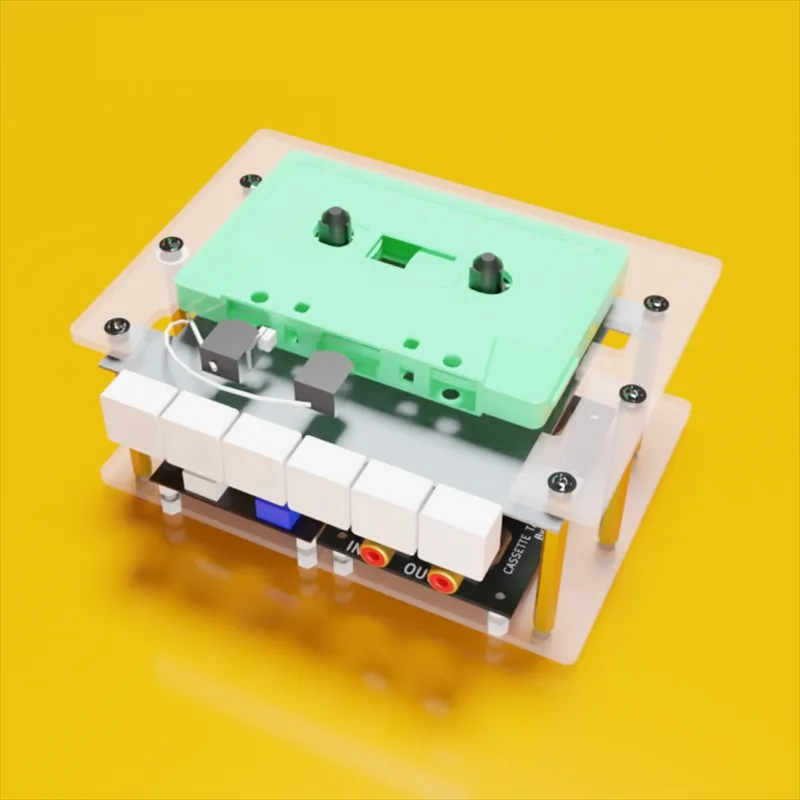Long pushing the frontiers of music production, hip hop is a genre mostly dependent on the practice of sampling. Sampling is utilizing a portion—or “sample”—of one sound recording in a different tune. With technological developments, this methodology has changed drastically and produced more complex approaches and creative musical interpretations.
Evolution of Sampler Musical Instruments
Sampler musical instruments have revolutionized music production by allowing artists and producers to manipulate and enhance sounds in real time. These devices can store and replay samples from various sources, which can be modified, looped, and integrated into music tracks. Early samplers were large, cumbersome machines used predominantly in studio settings. Today’s samplers are smaller, easier to operate, and filled with functionality for artists’ changing demands.
Sample Hip Hop Beats: A Staple in Modern Tracks
Sample hip hop beats are fundamental to the texture of modern hip hop music. They provide a rhythmic foundation and are often derived from old funk, jazz, and soul records, bringing a classic vibe to contemporary tracks. The process involves selecting a segment of a sound recording and looping it to form a beat. This technique not only recycles sound but also pays homage to musical influences and roots, creating a bridge between past and present genres.
Sampler Musical Instrument: The Producer’s Paintbrush
Similarly, a sampler musical instrument is an essential tool for producers, enabling them to paint sonic landscapes with broad strokes or intricate details. These instruments allow the blending of various samples into a cohesive sound, enabling producers to stitch together voices, beats, and instrumental snippets from numerous sources to form a unique composition. The ability to manipulate pitch, duration, and timbre makes samplers a powerful instrument in the music production arsenal.
Impact on Music Production
The integration of sample hip hop beats and sampler musical instruments has had a profound impact on music production. The growth of independent musicians and “bedroom producers” who can make professional-quality sounds from their homes is a direct result of this democratization of music creation. Because of this ease of access, a whole new wave of artists has emerged, challenging established standards and trying out innovative uses of sound.
Future Trends
As technology continues to advance, the possibilities for sampling in music will expand, leading to more innovative uses of samples and samplers. AI integration, enhanced software, and more intuitive interfaces are likely to make these tools even more versatile, shaping the future sounds of hip hop and other genres.
Conclusion
Learning about sampler instruments and hip-hop sample beats is more than just a technical exercise; it’s a window into the history of music creation. Anyone looking to learn more about music production and sampling may find a treasure trove of knowledge and tools on snapbeat.net. Looking ahead, it’s clear that sampling technology will keep shaping the music industry, keeping the beat alive and thrilling with each new release.


